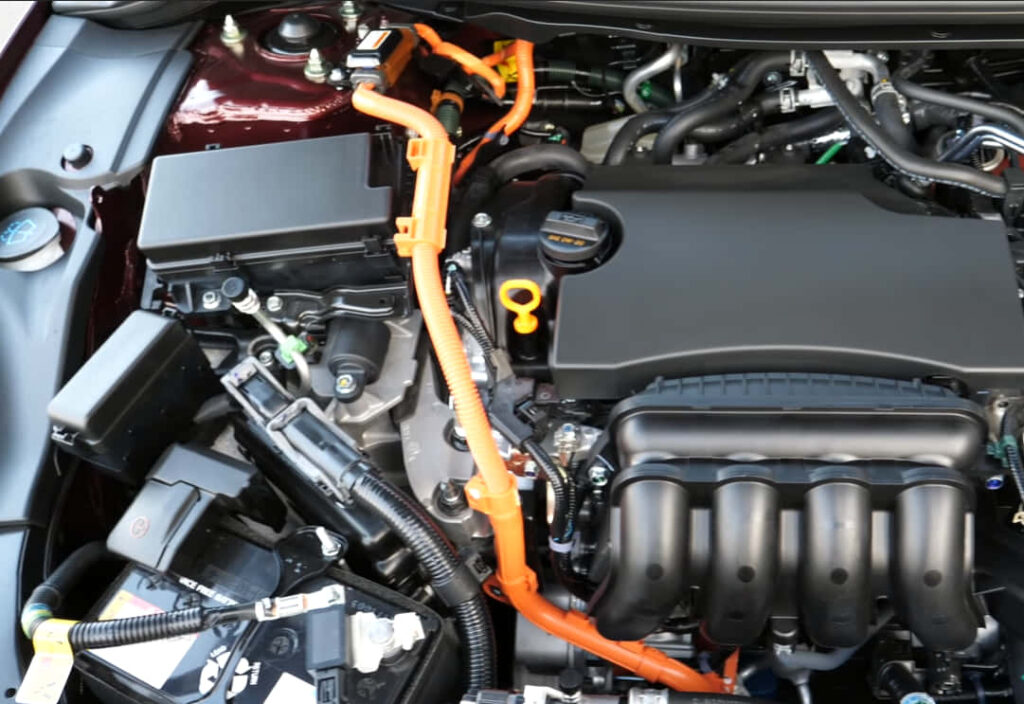A Honda Clarity battery degradation can be a big concern when you are driving and the vehicle suddenly stops.
Typically, your electrical vehicle comes with larger batteries. Yet, these are likely to degrade over time.
There are many reasons why your battery degrades, and we will talk more about that today. Find out what causes a battery degradation in your Honda Clarity and what you can do about it. Let’s get started.

Contents
Reasons For Honda Clarity Battery Degradation
As time goes by, your electronic vehicle’s battery will degrade. No matter how sturdy it may be, this can still happen. There are certain reasons for a Honda Clarity battery degradation. Here they are:
1. Age of your battery
A battery degrades because of age. Any battery declines in terms of power and effectiveness over time. However, it is a gradual process and does not occur at a similar rate each year. For instance, the degradation is a quick drop off initially, then the level becomes more stable as the battery stabilizes, as well. As for the decrease, it is around 5 to 10 percent of the total capacity of your battery even after several miles.
Because of how the batteries function and their build, they degrade eventually. Your battery depends on chemical reactions that generate electrons used to power the motor. As you use your battery over and over, some of the lithium is also used up. And as this continues over time, this decreases the battery’s overall charge.
This is also referred to as capacity fade. What this means is that there is less active material to produce the same energy required.
2. Environment
The temperature impacts how well your battery functions. During the cold weather, the liquid in the battery tends to be more viscous, which slows down the reactions needed to produce electricity. Thus, there is not enough electricity for your motor to utilize, which also reduces the power for acceleration. It is what we call power fade.
There are temperature regulation systems built into your vehicle, which prevents power fade from occurring. However, during extreme weather conditions, it can still occur. Power fade may also arise due to build up or corrosion in your battery.
But aside from the cold weather, heat can also cause battery degradation. Thus, it is best to maintain optimal temperature for your battery to not degrade quickly.
What You Can Do
Considering these reasons for Honda Clarity battery degradation issues, you may be worried about what you can do to fix it.
Basically, you need to be aware of the fact that this occurrence is inevitable. It happens slowly as time goes by, and it is only a matter of planning the best course of action to make sure you do not get stuck on the road. In fact, it is quite rare to experience a complete battery failure, and this issue is often covered by your manufacturer’s warranty.
Nonetheless, as this issue cannot be avoided, all that is left for you to do is to take care of the battery. This is the only thing you can do to help it range well right into your vehicle’s lifespan. It is also important to avoid excessive DCFC charging.
Next, be sure to precondition your battery during the extreme cold or heat before your charge. Leave your car plugged into your charger if possible, which helps to save power.
Also, pay close attention to the climate when you are located and how this can impact the battery prior to making a purchase. By keeping all of these things in mind, you may be able to prolong the lifespan of your battery and make sure you get a good amount of power from it for a considerable period of time.
Read More: Causes Of Honda Adaptive Cruise Control Problem And How To Fix It
Additional Facts About The Honda Clarity Battery
Typically, the Honda Clarity battery can last for up to 100,000 miles or 8 years. But this all depends on the usage and environmental factors.
If you need to replace your battery, the cost can go up to several hundreds of dollars. This depends on the auto parts store, local dealership, as well as the automotive service center.
Your Honda Clarity comes with a 12-volt battery and includes two pieces of lithium-ion batteries. The nominal maximum voltage is 348 volts. There is a sturdy case with a water-resistant quality, which keeps the battery secure.
When you need to replace your battery, it is important to consider an authorized dealer to get the best value for your money. It also helps to compare various vendors and to make sure that you get the right battery type and model that is compatible with your vehicle to ensure proper performance and prevent any issues.